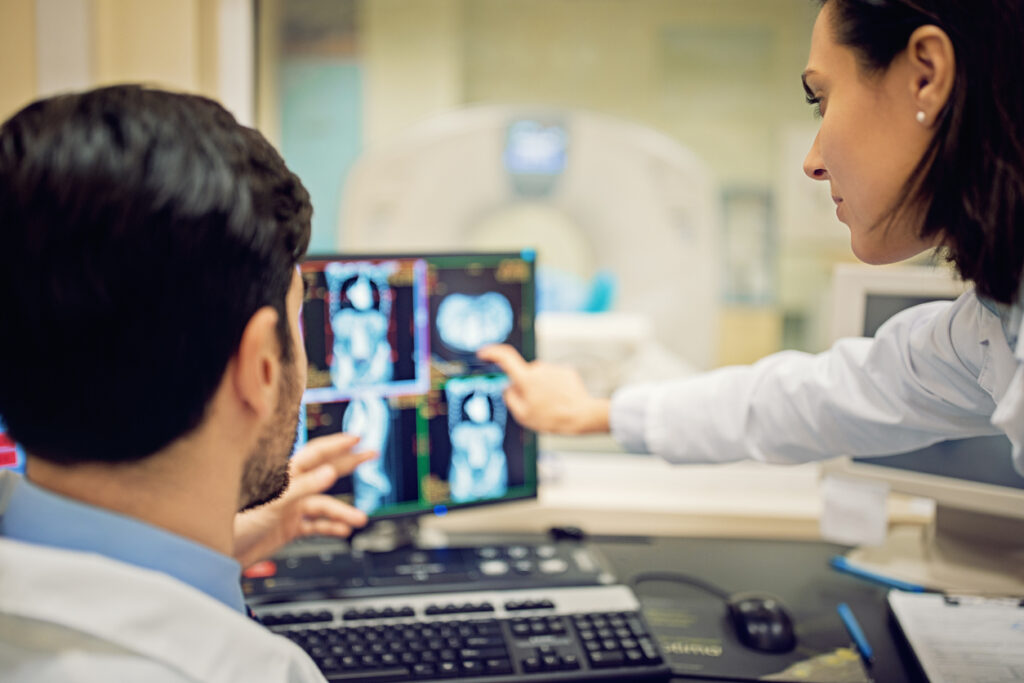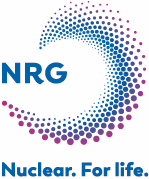
Generation IV nuclear powerplants
There are six types of fourth-generation reactors. Three of them are thermal reactors and three are fast reactors. The thermal reactors use a moderator to slow neutrons to thermal or slow neutrons, which are more likely to be trapped in an atomic nucleus. The fast reactors can work as breeder reactors and can also transmute actinides in nuclear waste into less and less hazardous waste.
Image: artist impression of an SMR by NuScale.

Medical isotopes
The Netherlands has a top position in the field of isotopes. Intensive collaborations between universities, hospitals and manufacturers, among others, have led to a number of innovative and highly effective treatments with fewer side effects. Scientific developments are not standing still.
More information on the production and application of medical isotopes can be found in the Medical Applications dossier.
photo : iStock

Small, medium, large
The Netherlands and the European Union face major challenges. (Energy) prices are rising while at the same time climate ambitions remain intact. In 2050 the Netherlands must have a
climate-neutral energy supply. Nuclear energy and natural gas are now labelled within the
EU taxonomy as green transition energy sources. Nuclear Netherlands sees a role within the energy transition for three proven (uranium) reactors. Multiple micro nuclear reactors can be deployed locally throughout the country. Multiple Small Modular Reactors (SMR) can contribute at specific locations on a regional level. And a few large pressurized water nuclear power plants can contribute meaningfully at the national level. Together, these “small-medium-large” nuclear power plants can contribute to an independent, affordable and reliable climate-neutral energy supply. After 2050, new generations of nuclear power plants will also become available, such as (thorium) molten salt nuclear power plants.




